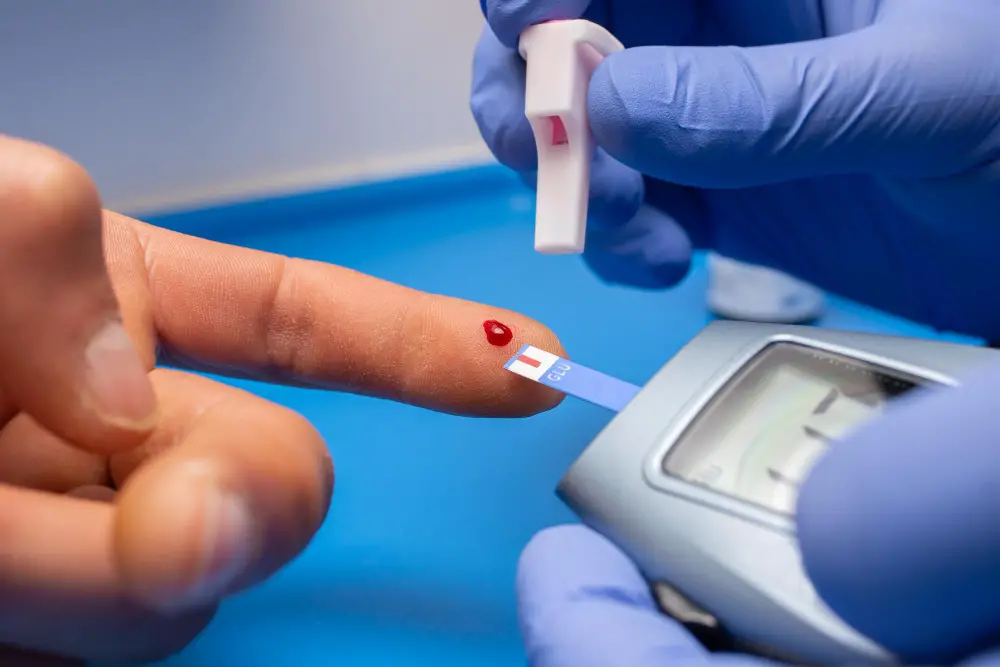
Cardiac Syndrome X: Is it Dangerous?
-
- Dr. Junaid Arshad
- January 25, 2022
- 0 comments
Table of Contents
What is Cardiac Syndrome X
Cardiac Syndrome X aka microvascular angina (MVA) refers to the typical anginal pain in a patient with normal unobstructed coronary arteries.
It is one of the causes of MINOCA.
20-30% of patients presenting with chest pain tend to have normal coronary vessels on angiogram or have 50% or less stenosis.
Previously such patients were labeled as having psychiatric or gastrointestinal disorders as a cause of their chest pain.
But keeping in view the electrocardiograph (EKG or ECG) changes in such patients, the term ‘Cardiac Syndrome X” was first introduced in the year 1973 by Harvey Kemp.
The basic concept was that an angiogram shows disease/narrowing only in the macro-vasculature and micro-vessels cannot be seen on it & the presence of disease within the micro-vasculature can be a cause of typical symptoms as well.
Is Cardiac Syndrome X a dangerous condition
Cardiac Syndrome X was previously considered a benign disorder but the latest data suggests that it is associated with increased morbidity & mortality. Also, the diagnosis is difficult and the underlying mechanism is poorly understood. There are therapeutic challenges & complete resolution of symptoms is not achieved. Patients remain symptomatic and have a poor quality of life. Although, it is not as dangerous as an acute MI that can cause immediate death. Increased mortality associated with CSX is over 5-7 years.
Research has shown an increased risk of MACE in these patients as compared to the general population.
MACE(major adverse cardiovascular events) is defined as cardiovascular death, myocardial infarction, stroke or heart failure, and all-cause mortality.
Diagnosis of Cardiac Syndrome X
Diagnosis of cardiac syndrome X requires exclusion of other causes of chest pain including cardiac & noncardiac causes.
The presence of the following 3 features are highly suggestive of cardiac syndrome X:
- Typical chest pain that comes or wrosens with exertion and is suggestive of myocardial infarct.
- Exercise testing positive for ischemia showing typical ST depressions.
- Angiogram showing normal or near normal coronaries with 50% or less stenosis.
The presence of epicardial coronary artery spasm, systemic hypertension, left ventricular hypertrophy & diabetes mellitus, rule out the diagnosis of cardiac syndrome X.
EKG/ECG changes with Micro-vascular Angina (Cardiac Syndrome X)
EKG/ECG changes seen in these patients either on exercise testing or ambulatory ECG monitoring are similar to those in patients with obstructive coronary artery disease.
ECG changes include ST-segment depressions which usually develop during the period of physical activity, ST-segment elevations are rarely seen & if present they are due to spasms in coronary vessels.
Role of CMR in Diagnosis of Microvascular Angina (Cardiac Syndrome X)
Although the data available for its role in diagnosing microvascular angina is limited & more studies are needed.
Mechanism
The exact mechanism responsible for chest pain in patients with microvascular angina is not known.
However, several hypotheses have been presented.
A few most accepted ones are mentioned below.
#1. Endothelial Dysfunction
Decreased ability of coronary blood vessels to dilate when required for e.g exercise. As a result resistance in the blood vessels increases, hence limiting an appropriate increase in blood flow to a specific region of the heart.
Endothelial dysfunction is probably the most likely cause for decreased dilatation in coronary micro-vessels.
Causes of endothelial dysfunction include smoking, obesity, dyslipidemia, diabetes, estrogen deficiency, & hypertension.
Under normal conditions. nitric oxide (NO) causes dilation in blood vessels and endothelin-1 (ET-1) causes constriction. Researchers have found increased levels of ET-1 in coronary vessels of patients with cardiac syndrome X.
# 2. Estrogen Deficiency
Estrogen deficiency also contributes to endothelial dysfunction & is responsible for the increased incidence of micro-vascular angina in post-menopausal women.
In addition, estrogen also causes vasodilation in coronary vessels by its action on estrogen receptors on cardiovascular cells. This response has been seen with both endogenous and exogenous estrogen.
#3. Increased Pain Perception
Abnormally increased pain perception is another mechanism responsible for anginal pain in patients with syndrome X.
Under normal circumstances, pain reaching the cortex of the brain is filtered in a region called the thalamus.
In patients with Syndrome X pain regulation by the thalamus is inadequate and an exaggerated pain stimulus reaches the brain
#4. Imbalance of Autonomic Nervous System
Another hypothesis that explains the pain in cardiac syndrome X is increased sympathetic or adrenergic drive in these patients which is responsible for causing vasoconstriction & ultimately ischemia.
Summary
In summary, multiple mechanisms are responsible for causing pain in patients with microvascular angina which makes it difficult to diagnose & treat and hence affecting the quality of life.
Cardiac Syndrome X vs Takotsubo Cardiomyopathy
The main difference between Cardiac Syndrome X and Takotsubo cardiomyopathy is the presence of systolic dysfunction.
In Takotsubo’s cardiomyopathy, there is transient systolic dysfunction involving specific segments of the left ventricle which can be seen on echocardiogram as regional wall motion abnormality or apical ballooning. Whereas, in Cardiac Syndrome X no such abnormality can be seen & echocardiogram is usually normal, having no systolic or diastolic dysfunction.
Other differences & similarities are tabulated below.
| Cardiac Syndrome X | Takotsubo Cardiomyopathy | |
| History | First described in the year 1973 | First described in the year 1990 |
| Symptoms | Chest Pain (usually with exertion) | Chest Pain, Dyspnea, Syncope |
| EKG | ST-depressions during pain are common, ST elevations rarely present | ST-elevations similar to acute MI are commonly seen. |
| Cardiac biomarkers | Cardiac biomarkers like troponins are within the normal range | Cardiac biomarkers are elevated |
| Coronary Angiography | Normal angiogram or shows 50% or less stenosis | Normal angiogram or shows 50% or less stenosis |
| Treatment | Management is complex & varies from patient to patient. Aspirin, statins, beta-blockers & other anti-anginal drugs are the mainstays of therapy. | This is a transient disorder requiring supportive therapy during an episode. Therapy involves treatment for heart failure and anticoagulation. Complete recovery is usually possible. |
| Other Names | Microvascular Angina (MVA) | Broken Heart syndrome, Apical Ballooning Syndrome, Stress Cardiomyopathy |
Cardiac Syndrome X vs Prinzmetal Angina
In contrast to Cardiac Syndrome X which affects microvessels, Prinzmetal angina cause spasm in epicardial coronary vessels that can be seen on angiography. The spasm is transient and during the episode, the EKG shows ST-elevations. Both pain & EKG changes are highly responsive to nitrate therapy.
For simplification, differences are tabulated below.
| Cardiac Syndrome X | Prinzmetal Angina | |
| Types of Vessels | Affects microvessels, not visible on angiography | Epicardial vessels affected can be seen on angiography. |
| Mechanism | The underlying mechanism is multifactorial and is poorly understood. Details are mentioned above. | Vasospasm is the main pathology responsible for causing pain. |
| EKG | EKG shows ST depressions during pain episodes. | EKG shows ST-elevations during pain episodes. |
| Treatment | Treated with multiple drugs including aspirin, statins, beta-blockers, & nitrates. | Calcium Channel blockers and Nitrates are the mainstays of treatment. |
| Response to therapy | Treatment is difficult, sometimes pain is resistant to medical therapy. | Excellent response to nitrates. |




